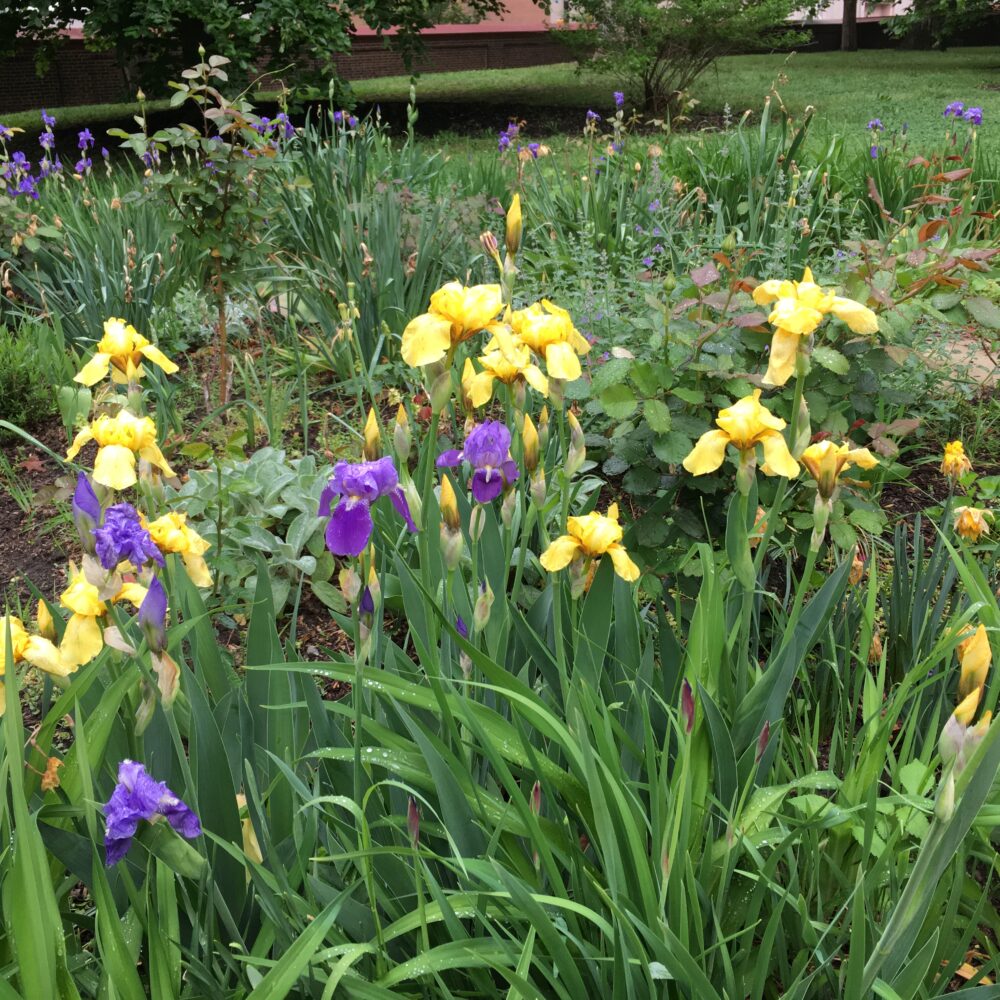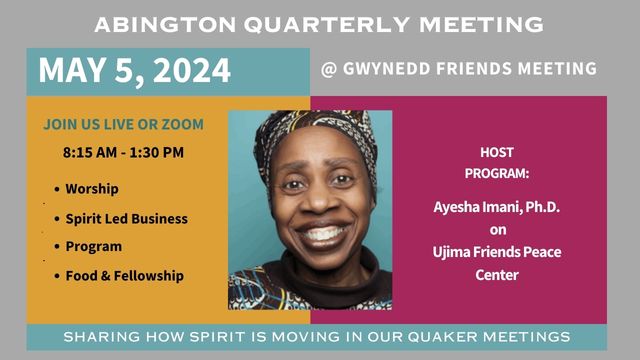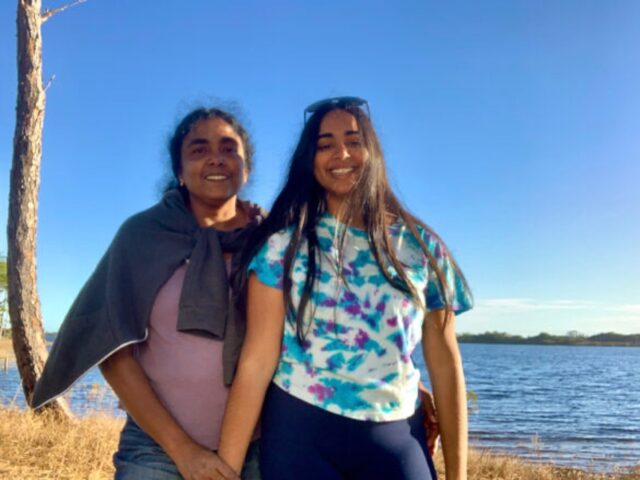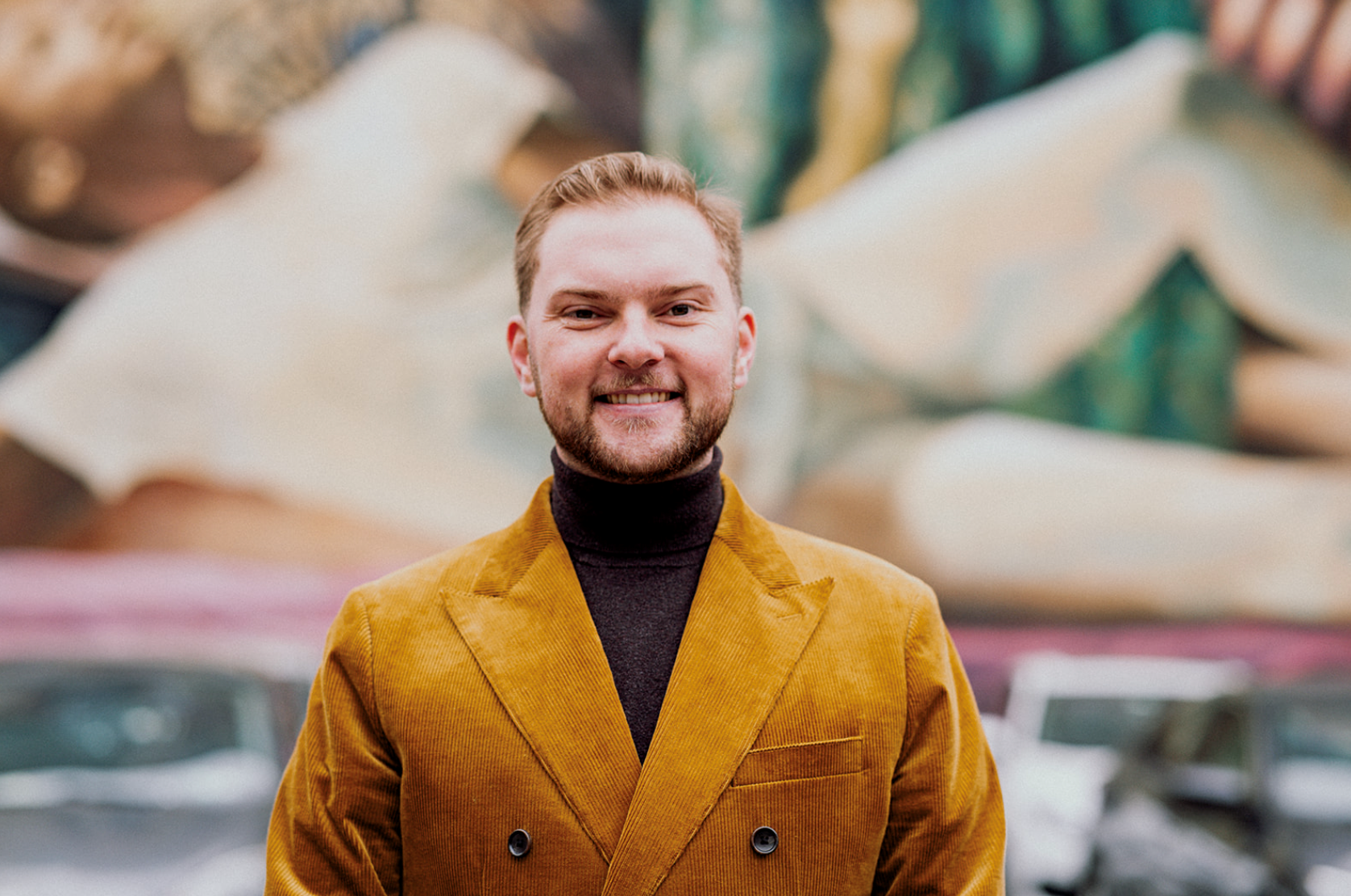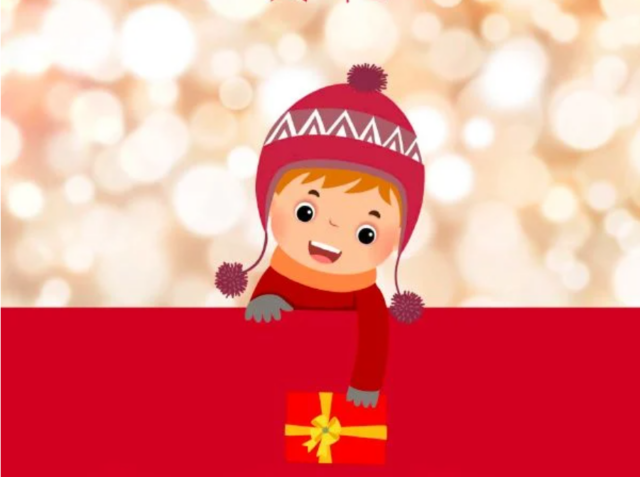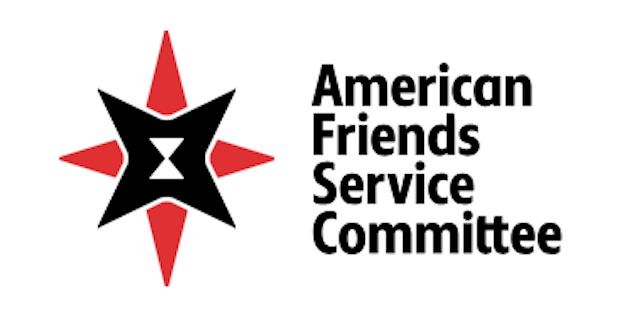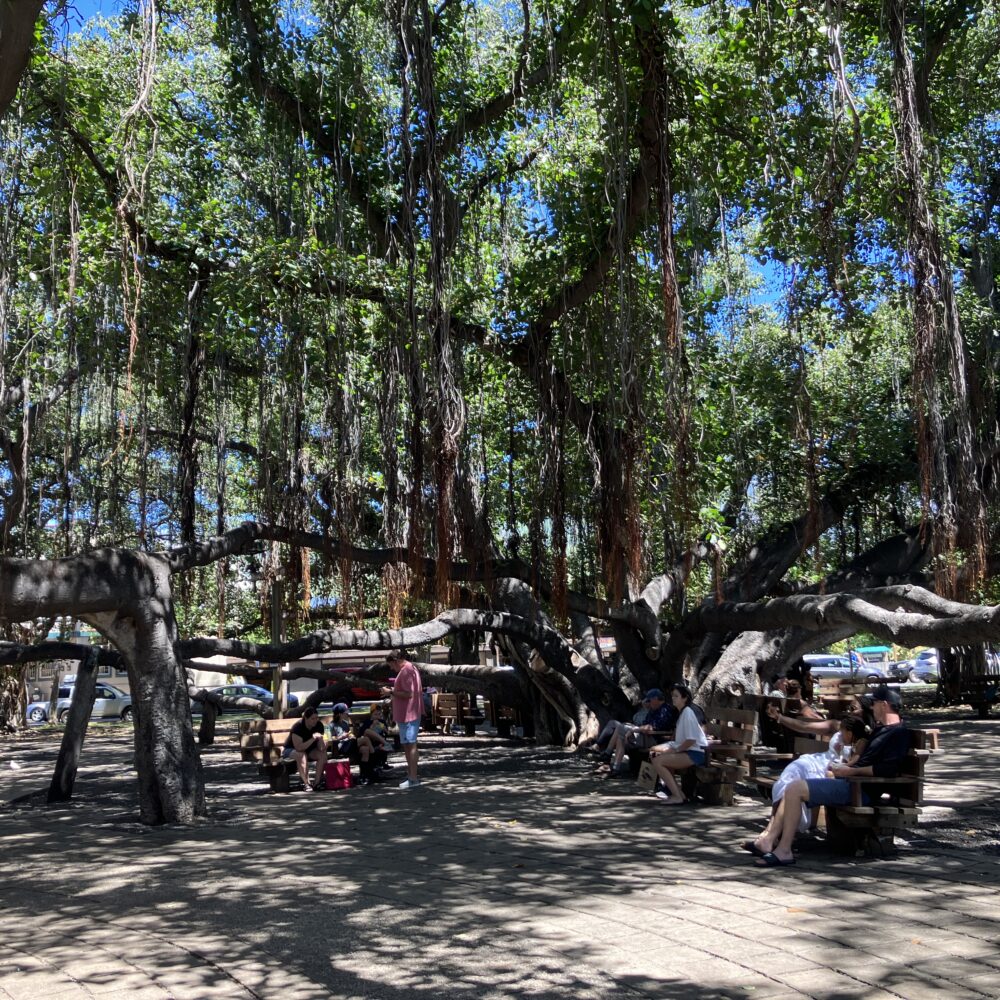The Care and Funeral and Interment committees at Arch Street (Monthly Meeting of Friends of Philadelphia) recently organized a two-part Death Café series for our members and attenders. Its purpose was to talk openly about death, facing our own mortality and how to make the most our lives going forward, as well as to provide useful information on end of life planning. The first session was modeled on the popular “Death Café” concept which began in France and England. Similar to worship sharing, this is a safe and confidential space to express fears, hopes and misgivings about death and dying. The topics of community, family dynamics, end of life planning, financial and legal issues were touched on during this session. In addition, Friends learned much about each other and about how our beliefs and traditions can honor our wishes and preferences for a memorial service in the manner of Friends.
In the second part of the series, useful information and forms were shared. Most importantly, Friends were urged to write a will. (PYM’s website provides a very useful resource from Faith and Practice: A Checklist for the Settlement of All Outward Affairs.) MMFP has a form called “Planning for Death and Burial Arrangements” which meeting members can fill out and file at home and have another copy stored at the meeting house in the care of the Funerals and Interments committee. This document is a vital part of leaving our affairs in order so that family members do not have to struggle to make decisions for their departed loved one and they can find all the pertinent details in one place. Other forms such as a medical directive, power of attorney, medical durable power of attorney were made available. Lastly, the clerk of Funerals and Interments gave a short presentation on the Friends Southwestern Burial Ground, which is available for green burials and welcomes all faiths in its park-like setting.
Friends who attended one or both Death Café sessions were grateful for the opportunity to learn and share with other members and attenders about this important topic. MMFP hopes to make this effort every few years and encourages other monthly meetings to do so. If your monthly meeting would like a copy of our planning document, or would like to know more about how we organized our two-part series, please be in touch.
Submitted by Sandra Williams, Clerk of Care committee, MMFP and Mike Kachur, Clerk of Funerals and Interments, MMFP
